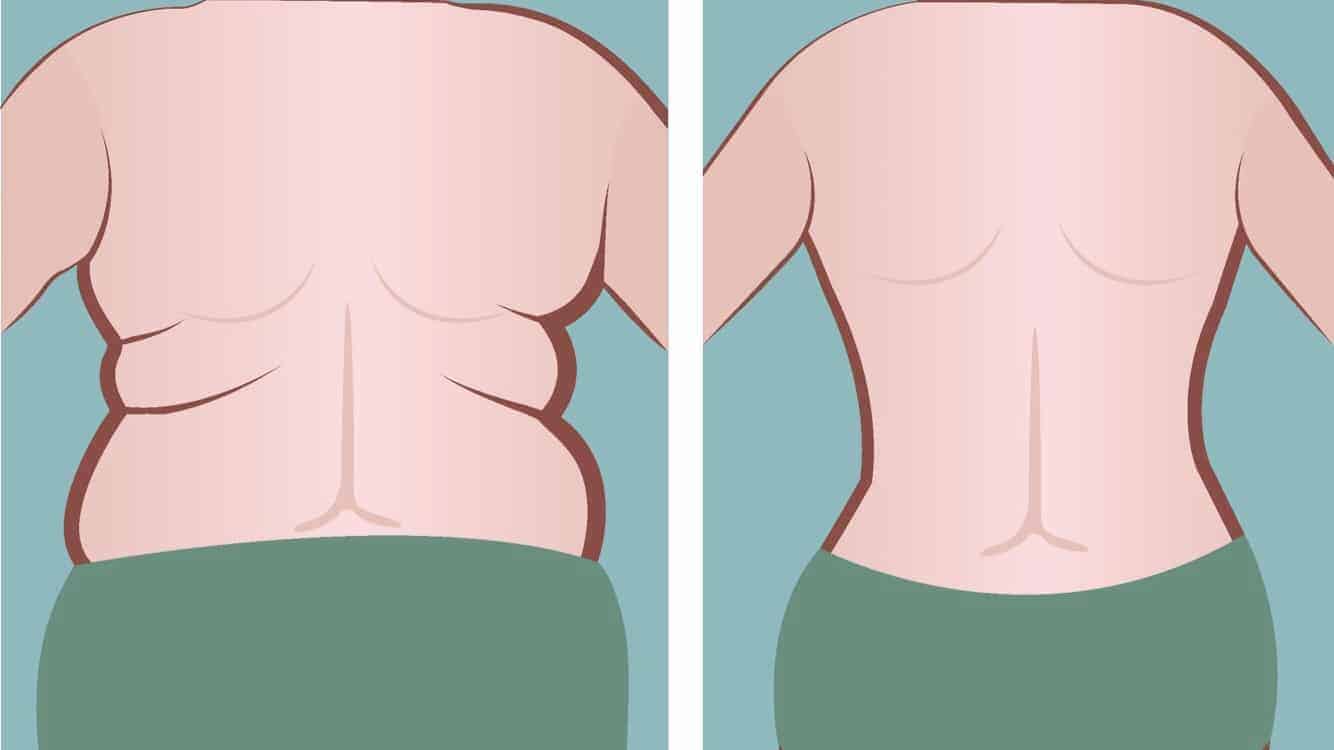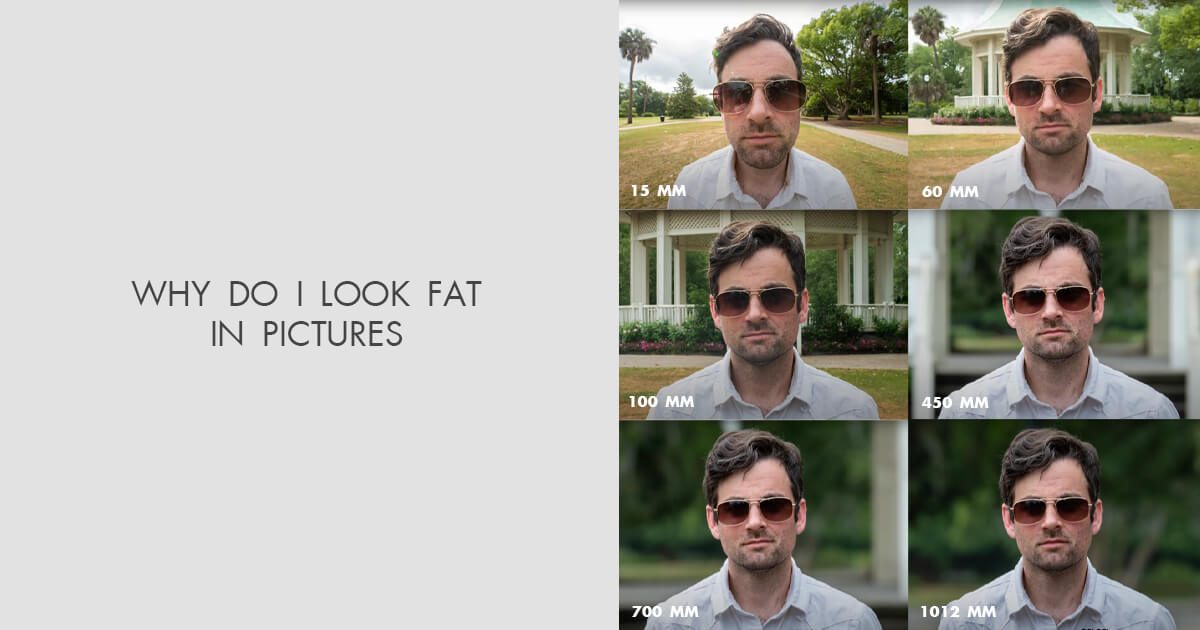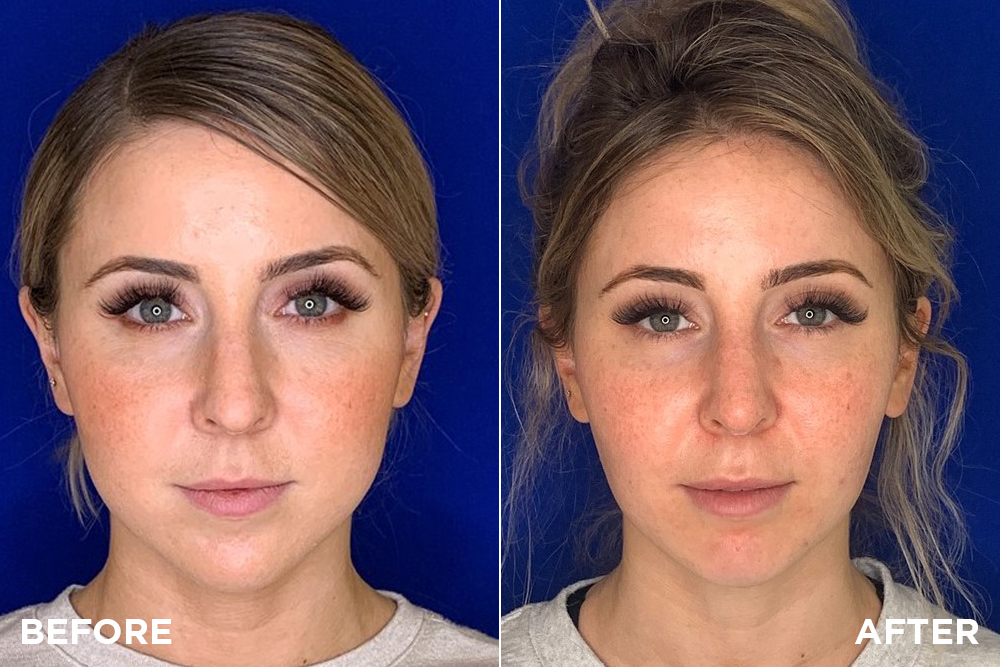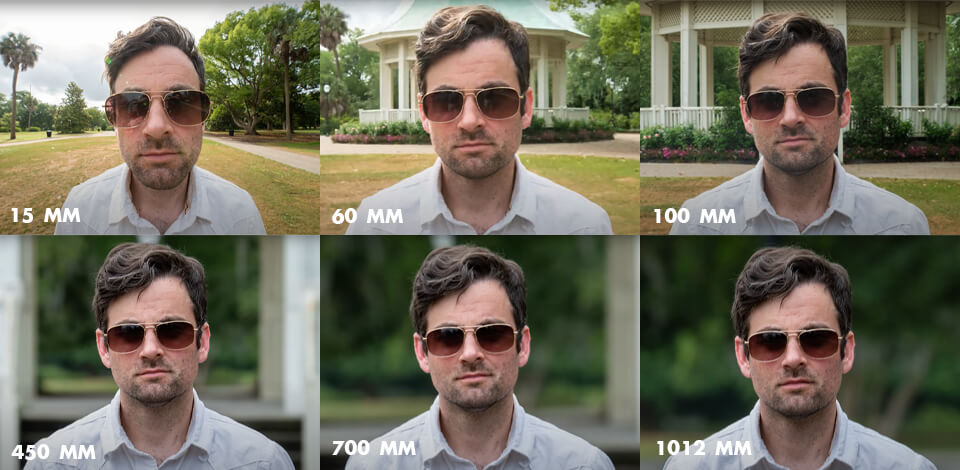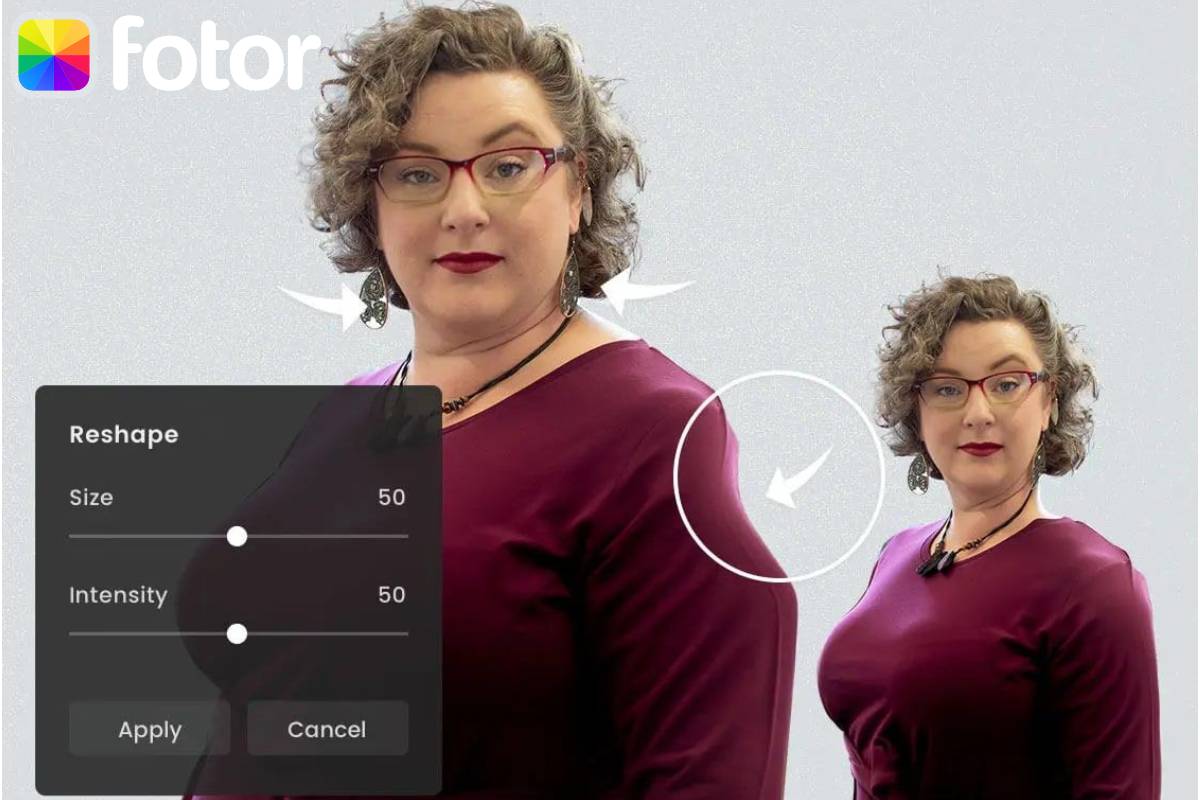Why Do I Look Fat From The Side
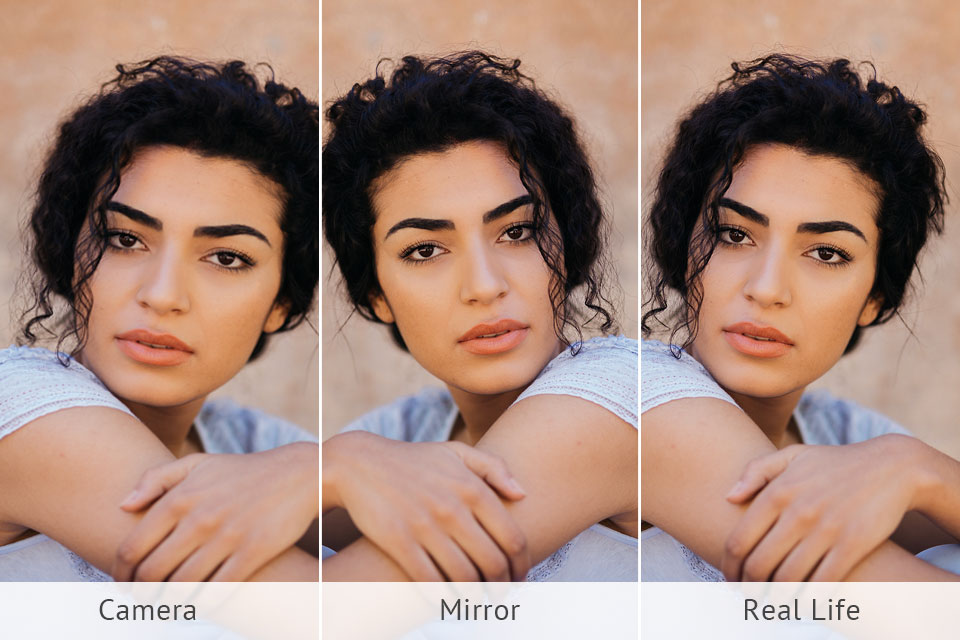
The dreaded side profile. For many, it's a source of immense self-consciousness, a distorted mirror reflecting a perceived excess that doesn't align with how they see themselves head-on. This feeling is so prevalent that it fuels countless online searches and discussions, all seeking answers to a single, persistent question: "Why do I look fat from the side?"
The perceived discrepancy between frontal and profile appearances isn't simply vanity; it's rooted in a complex interplay of anatomy, posture, perception, and the ubiquitous influence of media ideals. Understanding these factors is crucial to dismantling the self-criticism and cultivating a more realistic and compassionate self-image. This article delves into the science behind the side profile phenomenon, examining the contributing factors and offering insights for a healthier perspective.
The Anatomy of Perception: Why Profiles Differ
Our perception of body shape, especially from the side, is heavily influenced by the distribution of body fat and muscle mass. The human body is not uniformly shaped; instead, it exhibits curves and contours that are more pronounced in some areas than others. A certain amount of subcutaneous fat (fat just under the skin) is normal and healthy, but its distribution plays a significant role in our perceived side profile.
Consider the abdominal area. Visceral fat, located deep within the abdomen around the organs, contributes to a rounded appearance, even if overall body fat percentage is within a healthy range. Similarly, the presence of subcutaneous fat around the hips and thighs can create a more pronounced curve when viewed from the side.
The Role of Posture
Posture is a critical, often overlooked, component of the side profile equation. Poor posture, such as slouching or having a forward head posture, can exaggerate the appearance of a protruding abdomen and a rounded back.
This is because slouching compresses the abdominal cavity, pushing the contents outward and making the stomach appear larger. Forward head posture can also create the illusion of a double chin and a less defined jawline.
Conversely, good posture – standing tall with shoulders back and core engaged – can significantly improve the perceived side profile by lengthening the torso and creating a more streamlined silhouette. Regular exercises focusing on core strength and posture correction can be highly beneficial.
Skeletal Structure and Genetics
Underlying skeletal structure also plays a role in how we perceive our side profile. Some individuals naturally have a more curved spine (lordosis) in the lower back, which can accentuate the curve of the buttocks and contribute to the perception of a more protruding stomach.
Genetics also play a significant role in determining body shape and fat distribution. Some individuals are genetically predisposed to carrying more weight around their midsection, regardless of their diet or exercise habits. While lifestyle choices can influence fat distribution to some extent, genetic factors can significantly influence the overall shape and profile.
Media Influence and the "Ideal" Body
The relentless bombardment of idealized body images in media – often digitally altered or achieved through extreme measures – significantly distorts our perception of what is considered "normal" or "attractive." These images often portray an unrealistic standard of thinness and a perfectly sculpted physique, leading to body dissatisfaction and self-criticism, particularly when it comes to the side profile.
The quest for a "flat stomach" and a perfectly curved rear often overlooks the diversity of healthy body shapes. It is important to remember that the images we see in media are often heavily edited and do not reflect the reality of most people's bodies.
Cultivating a more critical and discerning eye when consuming media is crucial for protecting self-esteem and developing a more realistic body image. Focusing on strength, health, and well-being, rather than solely on aesthetics, can be a more empowering approach.
Beyond Aesthetics: Health Considerations
While concerns about the side profile are often rooted in aesthetics, it's important to acknowledge that significant changes in body shape can sometimes indicate underlying health issues. An increase in abdominal fat, particularly visceral fat, is associated with an increased risk of several health problems, including type 2 diabetes, heart disease, and certain types of cancer.
If you are experiencing a rapid or unexplained increase in abdominal size, it is important to consult with a healthcare professional to rule out any underlying medical conditions. Monitoring overall health, including weight, blood pressure, and cholesterol levels, is essential for maintaining well-being.
However, it is equally crucial to avoid fixating on specific body parts or obsessing over minor imperfections. A healthy body image is about accepting and appreciating your body for its functionality and strength, rather than striving for an unattainable ideal.
Cultivating a Healthier Perspective
Addressing the question of "Why do I look fat from the side?" requires a multi-faceted approach that combines realistic expectations, a focus on health and well-being, and a critical examination of media influences.
Improving posture through targeted exercises and mindful awareness can significantly enhance the perceived side profile. Regular physical activity, including both cardiovascular exercise and strength training, can help to manage body fat distribution and build muscle mass.
Furthermore, practicing self-compassion and challenging negative self-talk can be transformative. Instead of focusing on perceived flaws, try to appreciate your body for its strengths and capabilities. Remember that beauty comes in many forms, and true health is about more than just aesthetics.
Looking Forward: Body Positivity and Self-Acceptance
The conversation surrounding body image is constantly evolving, with a growing emphasis on body positivity and self-acceptance. This movement encourages individuals to embrace their natural body shapes and sizes, regardless of societal expectations.
By challenging unrealistic beauty standards and promoting inclusivity, the body positivity movement is helping to create a more accepting and compassionate world, where individuals can feel confident and comfortable in their own skin. Embracing this perspective is a powerful step toward a healthier relationship with your body and a greater sense of self-acceptance.
Ultimately, the quest to understand and improve one's side profile should be driven by a desire for health and well-being, rather than a pursuit of an unattainable ideal. By focusing on building strength, practicing self-compassion, and cultivating a critical eye towards media influences, individuals can develop a more realistic and positive body image, regardless of how they perceive themselves from any angle.
